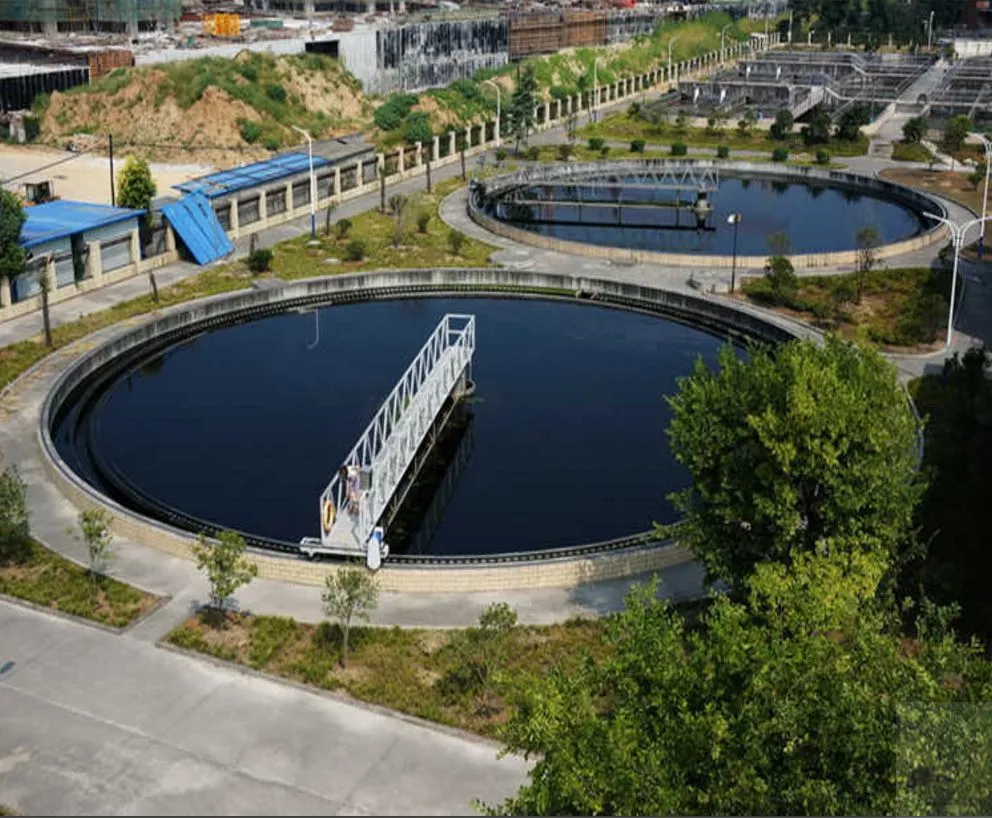The dental unit waterline disinfection system has attracted global attention!
In recent years, the hygienic condition of dental unit waterline (DUWL) has gradually received attention in China. At the same time, many local standards have been introduced. For example, Beijing issued "DB11/T 1703- 2019 Technical Specifications for Waterway Disinfection of Oral Comprehensive Treatment Units" on December 25th, 2019, while Zhejiang Province issued "DB33/T 2307-2021 Technical Specifications for Cleaning and Disinfection of Dental Waterway Systems" on January 29, 2021.

In fact, various countries in the world have begun to pay attention to issues related to waterway pollution in dental treatment units much earlier, and have made relevant specifications. This article summarizes the standards of various countries in this regard as follows:
Foreign standards related to the waterway of dental treatment units
In 1996, the American Dental Association (ADA) formulated an ideal standard to address the problem of contamination of dental unit waterline, requiring the bacterial content of dental water used for non-surgical procedures to be below 200cfu/ml; promulgated and implemented the technical specification "Guidelines for Practice Success, Managing the Regulatory Environment: Dental Unit Waterlines" was issued.
The U.S. Centers for Disease Control and Prevention formulated the "Summary of Infection Prevention Practices in Dental Settings (2003)", which systematically summarizes and proposes the problems and intervention measures for waterway infection in comprehensive oral treatment units.
The third edition of the infection control guidelines released by the Australian Dental Association in 2015 recommends that the total number of bacterial colonies in dental non-surgical water should be ≤500 CFU/mL. It also emphasizes that for patients with low immunity, the total number of bacterial colonies in water should be controlled at 200 CFU/mL or less.
Japan has made mandatory regulations on the quality of water output from dental treatment units, requiring it to comply with Japan's drinking water standards, that is, the total number of bacteria is ≤100 CFU/mL, and Escherichia coli must not be detected.
In the guidelines issued by Poland, reference was made to the water quality standards recommended by the United States before 2000, that is, the total number of bacteria ≤ 200 CFU/mL.
In the guidelines issued by the United Kingdom, although there is no numerical limit on the bacterial concentration of effluent, it is emphasized that medical water must meet drinking water standards.
Regarding DUWLs water quality hygiene, the Organization for Safety, Asepsis and Prevention (OSAP) has developed a guidance document "Dental Unit Waterlines: Check Your Dental Unit Water IQ” and “Dental Unit Waterlines: Dental Unit Waterline Fact Sheet”.
Domestic standards related to the waterway of dental treatment units
In 2017, the Jilin Provincial Bureau of Quality and Technical Supervision promulgated the "Management Standards for Oral Diagnosis and Treatment Water" (DB22-T2714-2017), which clearly states that the total number of bacterial colonies in oral diagnosis and treatment water and source water does not exceed 100CFU/mL, and usually the intervention level is the maximum allowable 50% of the level; the water used in the oral comprehensive treatment unit should comply with the requirements of GB 5749.
In 2018, the "Microbiological Standards for Water Used in Comprehensive Oral Treatment Units" (DB12/T 804-2018) issued by the Tianjin Municipal Market and Quality Supervision and Administration Commission clarified that the total number of bacterial colonies in the water supply should be <100 CFU/mL, and Salmonella, Pseudomonas aeruginosa and total coliforms must not be detected; the total number of bacterial colonies in the water from the three-purpose gun and dental handpiece should be <500 CFU/mL, and Salmonella, Pseudomonas aeruginosa, and total coliforms must not be detected; oral cavity Sterile water should be used during surgical procedures, dental implant procedures, or oral treatment in immunocompromised patients.
In 2019, the Beijing Municipal Administration for Market Regulation promulgated the "Technical Specifications for Waterway Disinfection of Oral Comprehensive Treatment Units" (DB11/T 1703-2019), which clearly states: The input water hygiene requirements for oral comprehensive treatment units must at least be drinking water that meets GB 5749. Water should be treated by a water treatment device as the input water. Hygiene requirements for diagnosis and treatment water: the total number of bacterial colonies in diagnosis and treatment water should not exceed 100 CFU/mL.
In 2021, the "Technical Specifications for Cleaning and Disinfection of Dental Chair Waterway Systems" (DB33/T 2307-2021) promulgated by the Zhejiang Provincial Administration for Market Regulation pointed out that the total number of bacterial colonies in oral diagnosis and treatment water and nutrient agar culture should not exceed 100 CFU/ mL, R2A agar medium culture should not exceed 500 CFU/mL.
In addition, the "Hygiene Requirements for Medical Water Systems in Medical Institutions (Draft for Approval)" compiled by the Heilongjiang Provincial Center for Disease Control and Prevention and the "Disinfection and Hygiene Requirements for Water Systems in Dental Comprehensive Treatment Units (Draft for Review)" compiled by the Jiangsu Provincial Center for Disease Control and Prevention may be released in the near future. In these two standards, it is clearly stipulated that the water source of the dental treatment unit should comply with the requirements of GB 5749, softened water should be used, the total number of bacterial colonies in the water should be ≤100 CFU/mL, and Pseudomonas aeruginosa and Salmonella should not be detected. and coliforms; sterile water should be selected as cooling water or flushing water for dental handpieces used in dental operations; sterile water should be selected when patients with immune deficiency receive oral diagnosis and treatment.
Taken together, the national and local governments are constantly improving the water hygiene requirements for comprehensive oral treatment units in order to strictly, standardize the safety of water for oral diagnosis and treatment, and reduce the risk of infection to patients and medical staff during the diagnosis and treatment process as much as possible.
Recommended Posts
-
近日,多省市公布预测疫情高峰时间。中国疾病预防控制中心流行病学首席专家吴尊友谈及今冬疫情形势时,他研判,今冬疫情可概括为“一峰三波”。从今年12月中旬到明年1月中旬将是第一波疫情,第一波以城市为主,逐渐会上升起来。第二波是明年1月下旬到2月中旬,春节前的人员流动造成第二波疫情上升。第三波是明年2月下旬到3月中旬,春节后返岗返工。这三波疫情构成了今冬的新冠流行峰,持续约三个月时间。由于此次疫情的开放性、持续性,生活污水中将携带大量的新冠病毒进入污水处理厂。对于污水处理厂的小伙伴来说,会长期接触高浓度的新冠病毒的环境,所以,预防二次感染尤为重要!一、作业防护1、在识别城市排水与污水处理系统不同岗位从业人员接触或吸入暴露风险的基础上,参考以下防护级别,做好个人安全防护措施。1.基础防护。接触或吸入暴露风险相对较低区域(如控制室、配电室、仓库等)的从业人员,宜佩戴口罩,穿工作服。2.普通防护。接触或吸入暴露风险相对较高,但作业空间是相对开放区域(如敞开式进水井、配水井、曝气池等)的从业人员,宜佩戴...




comment